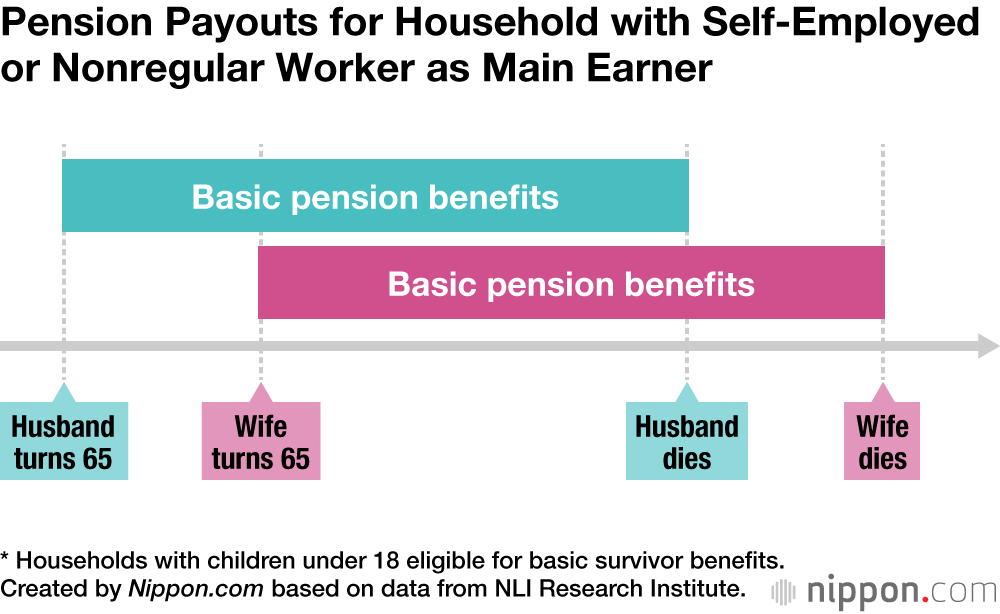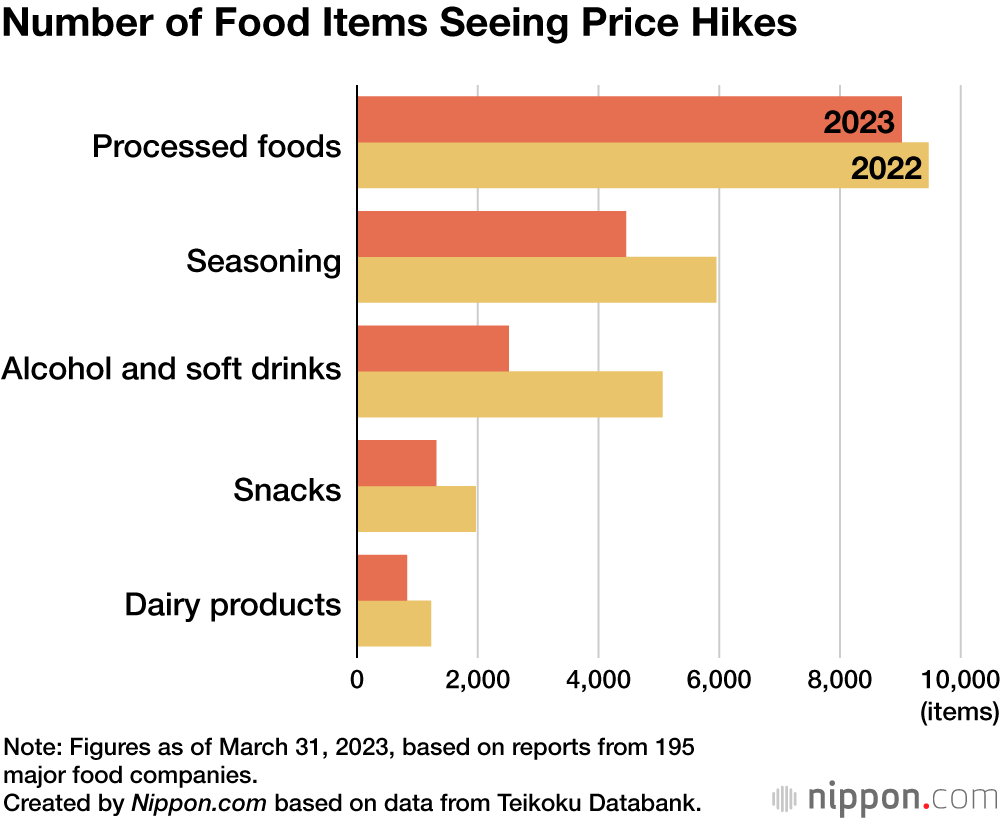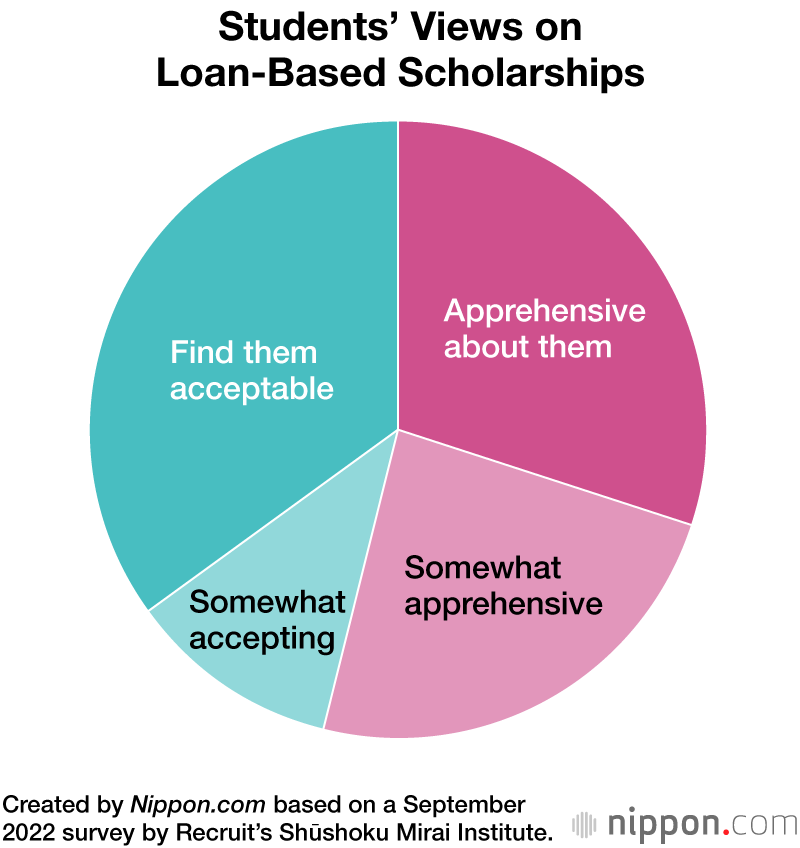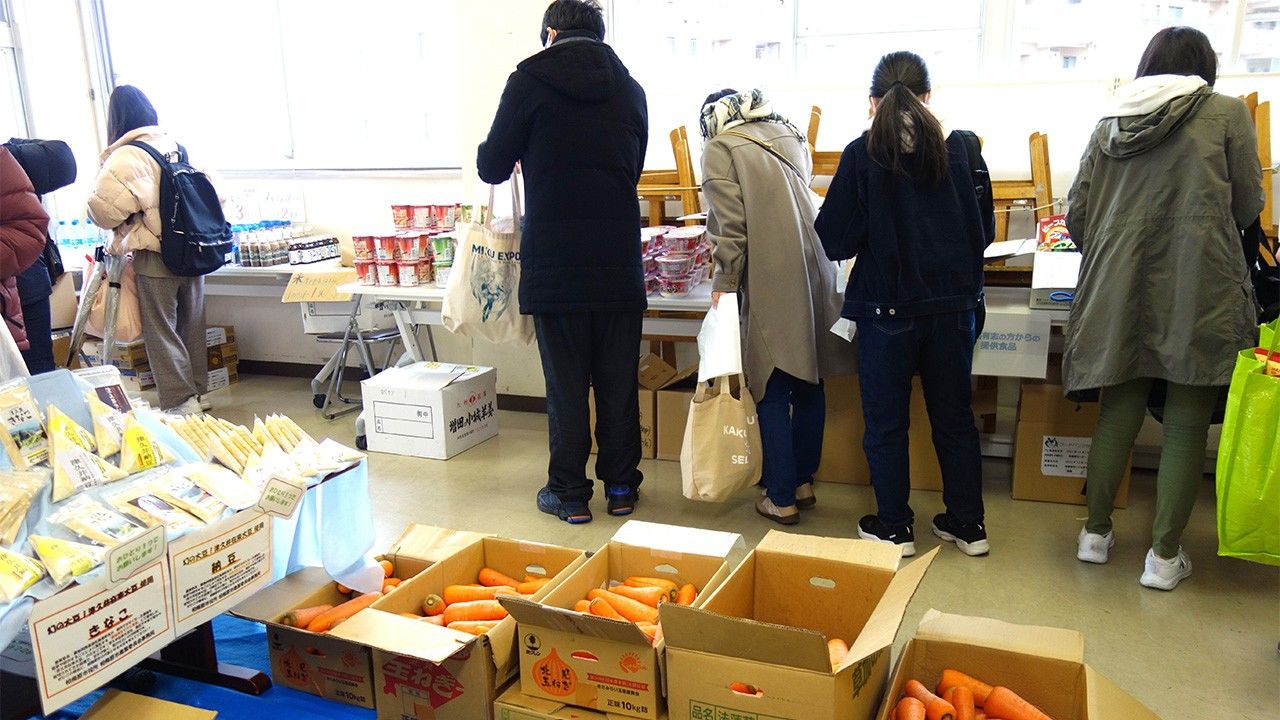
Japanese Food Banks Cross Generational Lines to Meet Rising Demand for Assistance
Food and Drink Society Lifestyle Economy Education- English
- 日本語
- 简体字
- 繁體字
- Français
- Español
- العربية
- Русский
A Deepening Crisis
The connection between food banks and municipal governments run deep. Fujita Makoto, who is director of Food Bank Kanagawa in Yokohama’s Kanazawa Ward, says his organization relies on information from these and other community-based organizations to connect with people in need. He says that one group of particular concern are senior citizens living alone.
Under Japan’s two-tiered pension system, an older couple whose main breadwinner was self-employed would have only contributed to the National Pension scheme. The pair will start drawing basic benefits when they reach 65 years old, but Nakashima Kunio, a senior researcher at Tokyo-based NLI Research Institute, notes that households relying solely on basic social security payouts are in a precarious position, as income will plummet if one spouse dies. “Let’s say the husband passes away,” Nakashima explains. “Barring special circumstances, the wife won’t be eligible to collect survivor benefits, as the National Pension system typically only pays these to families with children under the age of eighteen. This means she’ll be left to scrape by just on her pension check.”
A person whose spouse was enrolled in a company’s Employee Pension Insurance would be in a better position, as they are eligible for survivor benefits. However, a considerable portion of the population, particularly those who are self-employed or have spent their careers as nonregular workers, never enrolled in EPI.
According to the Ministry of Health, Labor, and Welfare, basic monthly pension benefits in 2021 averaged out to a little over ¥56,000 per person. For a senior citizen who is not a homeowner or has no supplemental income, surviving on such a scant amount is next to impossible.
Such individuals are eligible for public welfare programs, but Fujita points out that many never apply for benefits, often because they do not want to be seen as a burden or are unsure of the application process. He mentions that it is not unusual for older residents to tell visiting government welfare officers that they are doing fine even when they are in dire financial straits. “We know that many people who rely solely on basic pension benefits are wallowing in poverty,” Fujita declares. “But in reality, we don’t have a true grasp on the scale of the problem.”
Member of Japan’s so-called lost generation, those who graduated during the “employment ice age” of the 1990s and 2000s following the collapse of the 1980s asset-price bubble, are at particular risk as they near retirement age. Now largely in their forties and fifties, many in this group have spent their careers in low-paying, nonregular positions with meager pension benefits, and many experts argue that Japan’s public pension system will be unable to adequately support them in old age.
No Rice for Dinner
Another group at economic risk are single-parent households. In particular, incomes of single mothers, who are more likely to be employed in casual or part-time positions, fell steeply during the COVID-19 pandemic. This was due in large part to mothers leaving their jobs to care for their children when schools closed, or being furloughed as businesses shut down. According to 2020 national census figures, there are some 5 million single-parent households in Japan, or 9% of the total.
Fujita relates how rising utility costs in Japan are further impacting these vulnerable households. “The food bank includes rice in the packages we provide to single-parent families,” he says. “But we’ve seen several households who have no means of cooking what they receive because they’ve had their gas and electricity stopped after falling behind on payments.” In response, Fujita has turned to companies and neighborhood organizations who are rotating their stores of emergency food rations to donate their old stock of “no-cook” items like rice that can be prepared by just adding water.
Food Bank Kanagawa holds regular events to support single-parent households. A single mother of two who attended a March gathering in Yokohama’s Seya Ward says she quit her job two years ago after falling ill and has been unable to work while being treated for her condition. The family relies on her meager savings, public welfare, and income provided by her eldest son, who works part time while attending university on a grant scholarship, which unlike most public scholarships has no repayment requirement.
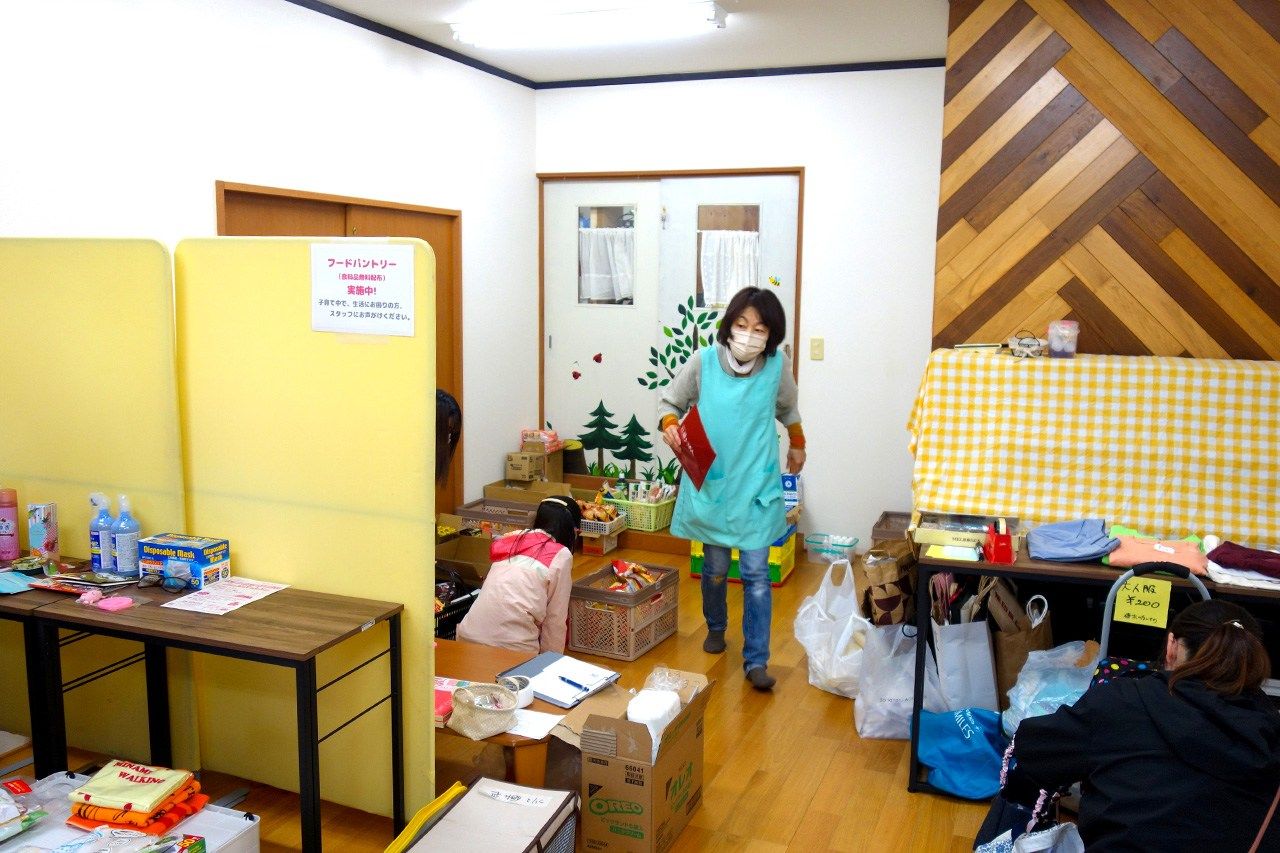
Iiyoshi Akiko, in blue, runs Food Bank Kanagawa’s events for single-parent households. (© Mochida Jōji)
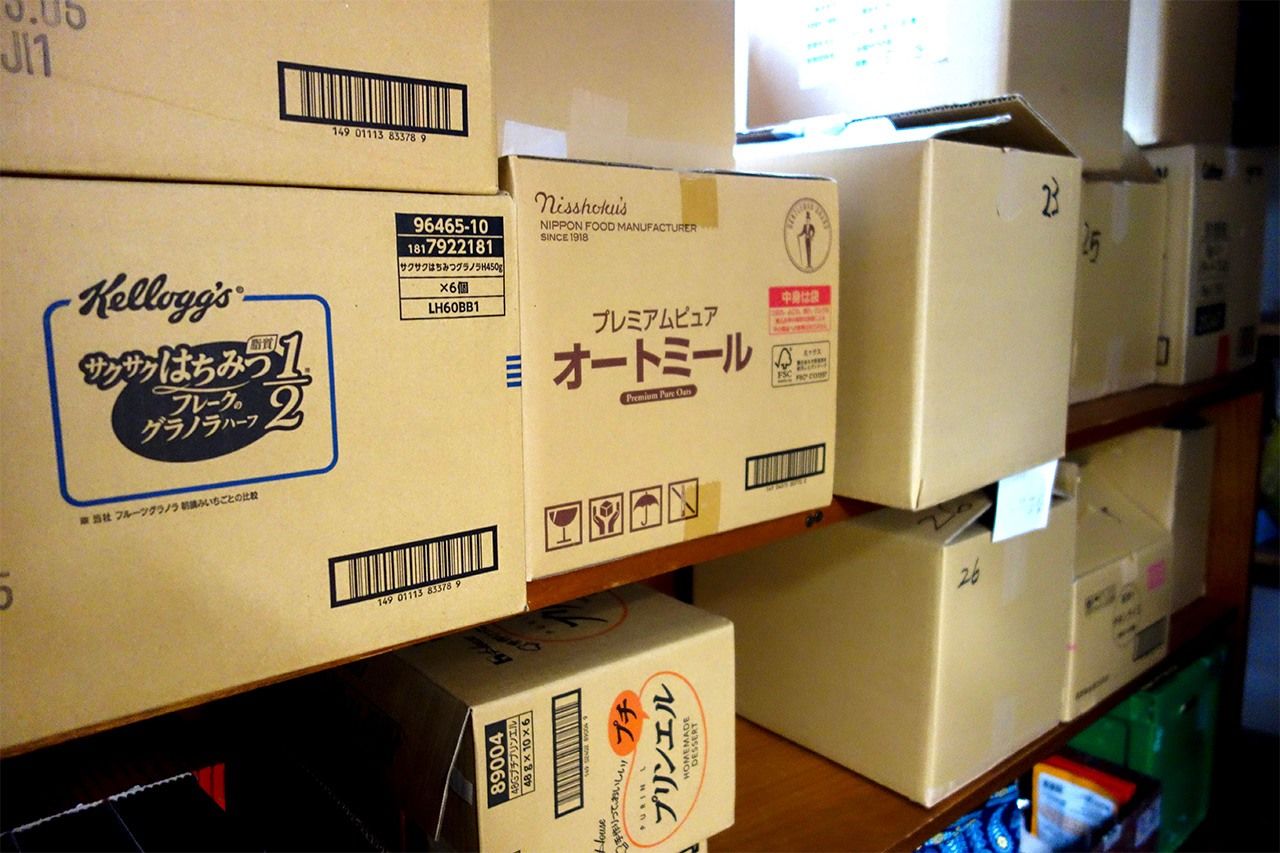
People attending the events can request specific items to create order-made packages. (© Mochida Jōji)
The mother explains that she learned about the food bank service from the internet and uses it two to three times a month to help keep her family fed. As prices rise in Japan, she says that she has been able to find some items that she can no longer afford to buy at stores. Even with food assistance, she still must cut costs where she can. To help save money, the family in winter makes do with a single kotatsu, a table with a built-in heating element. “The three of us huddle around it to stay warm,” she declares.
Compounding the issues of falling incomes and higher prices confronting single-parent households is the fact that many public assistance programs stop providing benefits after the fiscal year when a child turns 18. The mother, for instance, will soon lose the family’s government allowance and free medical care once her youngest child, who is in the second year of high school, turns 18 in a few months. “I honestly don’t know what we’re going to do after that.”
Students Going Hungry
Food banks over the last several years have seen an uptick in students seeking food assistance. Many students seeking aid come from less affluent families in rural areas. Having moved to the city to attend school, they must work part-time jobs to help pay tuition and other education costs. When the pandemic hit, though, many from this group saw their incomes shrink or disappear entirely. Faced with looming school fees, they had little recourse but to curtail their food budgets.
Since 2020, Food Bank Kanagawa has taken part in monthly events in Sagamihara for students living in the city. One such gathering in March of this year was attended by some 90 people, a significant turnout for an event held during spring break, a time between academic years when students traditionally return home.
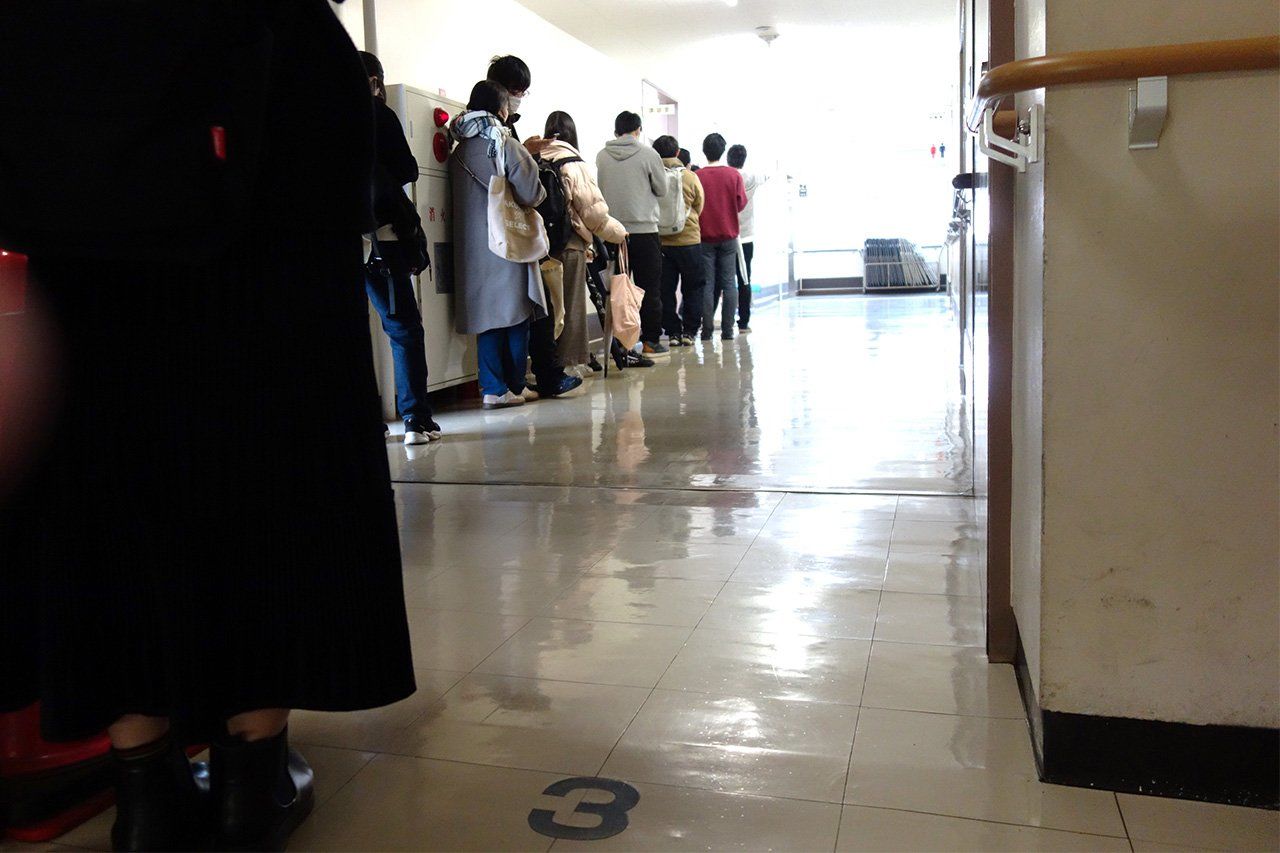
Students line up ahead of a distribution event by Food Bank Kanagawa. (© Mochida Jōji)
One attendee, a second-year university student, says she has been coming to events since the previous year, when the restaurant where she works cut her hours. The young woman, who hails from Nagano Prefecture, says she borrowed money for school from her parents rather than rely on loan-based scholarships, which would have left her with significant debt after graduation. “Although income from my part-time job has dropped, I scrimp and save where I can so I can pay back my folks, even just a little bit,” she explains. While borrowing from family offers her more leeway in repaying her debt, she says her parents’ economic situation makes her reluctant to lean on them any more than she already has. “I don’t want to be a burden.”
The food bank is supported in its efforts by businesses and other organizations in the community. At the event, local growers offered rice and fresh produce like potatoes and carrots, and area bakers provided a selection of snack breads. Students browsed through items, placing their selections in bags. One female student who attended admitted that she had reservations at first about turning to the food bank for assistance, but has since come to rely on the service, taking part in over 10 events.
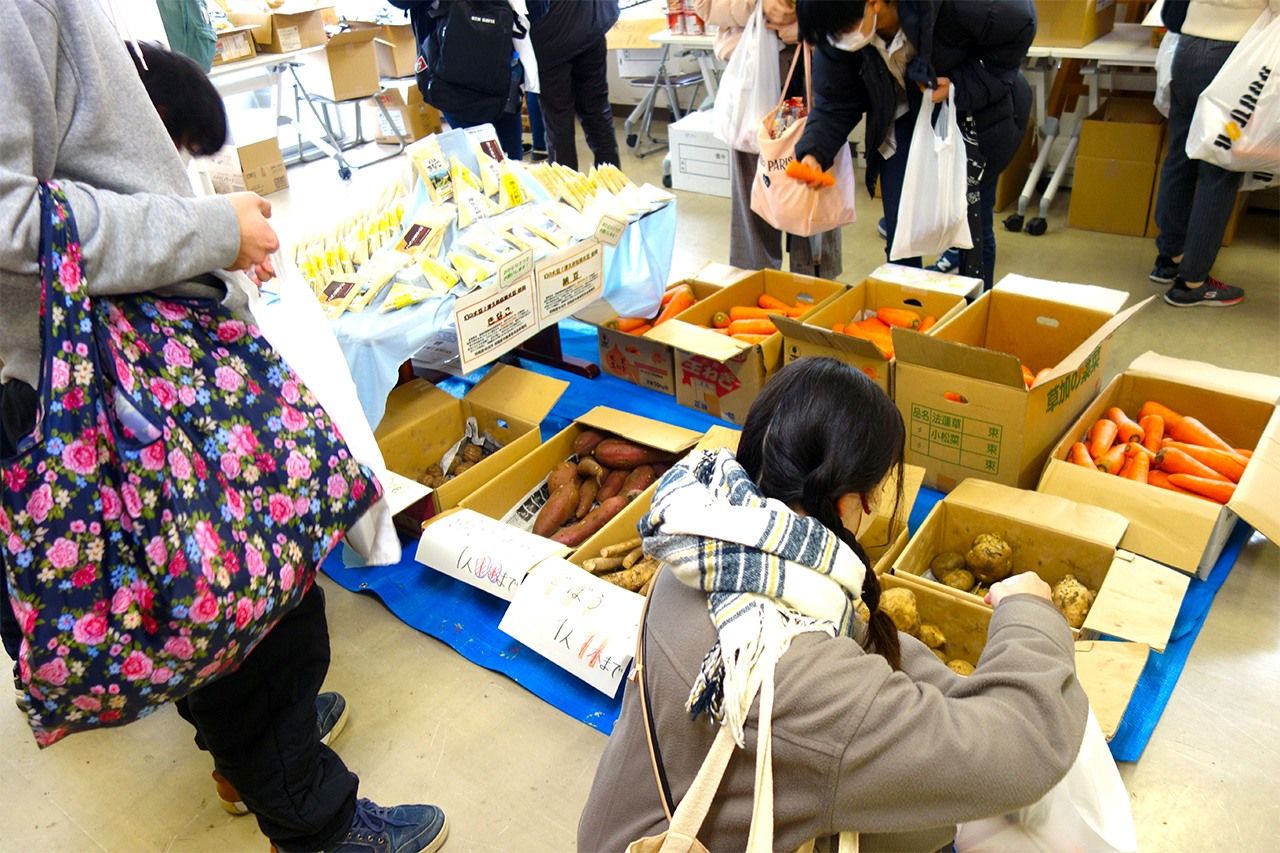
Attendees at a distribution event for students in Sagamihara look over vegetables and other items donated by local growers.
A third-year university student explains that he had to drastically tighten his belt after the sushi chain where he works reduced his hours during the pandemic. He points out that expenses like rent, utilities, and education costs are fixed, which left him little recourse but to slash his food budget to just ¥10,000 a month. At the event he chooses items like rice, retort foods, and canned goods, declaring that what he receives at the monthly events “makes a big difference.”
He had just entered university when the pandemic struck. With classes being held online and needing to hold down a part-time job, he says that he missed out on most of the opportunities for socializing that college provides. “I’ll be graduating soon without ever getting a real taste of university life,” he laments.
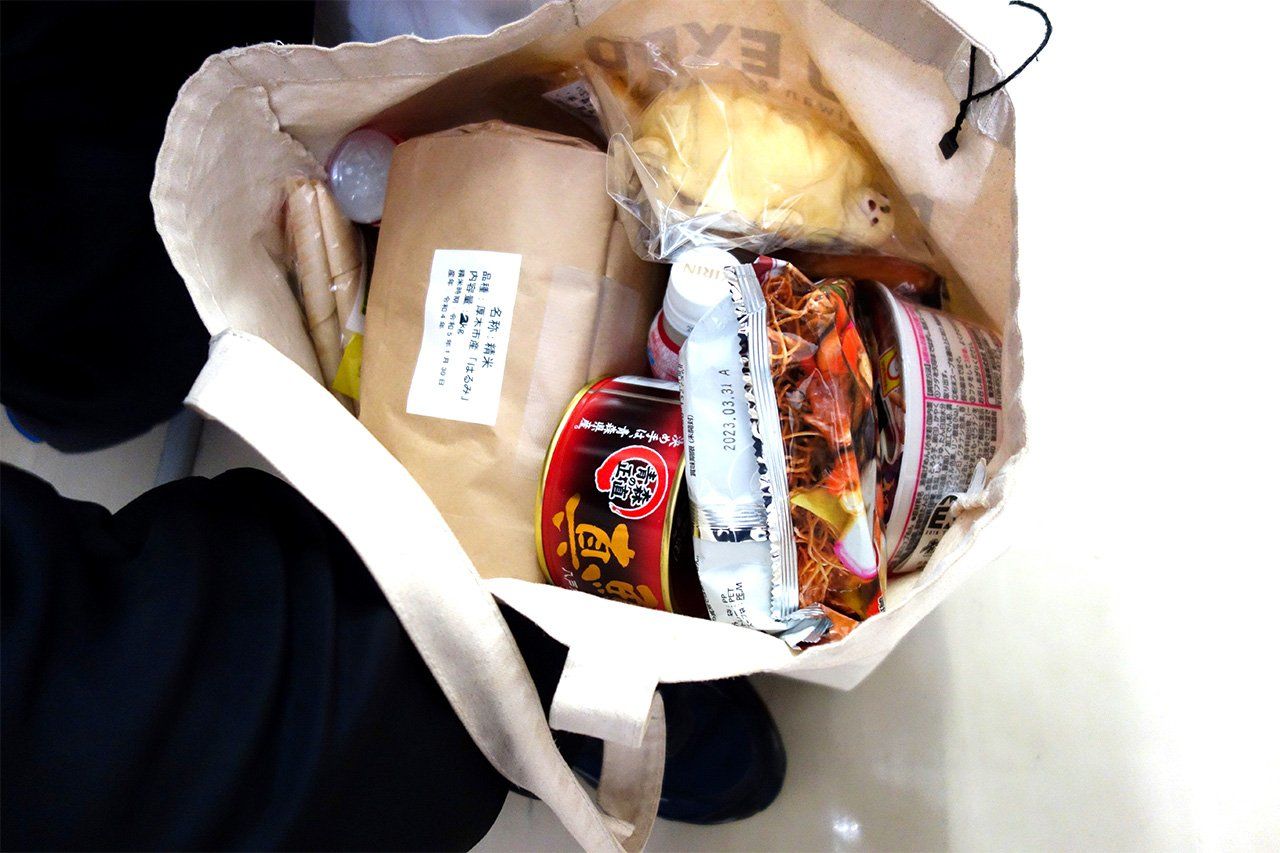
The male university student shows his selection of foods, including rice, something he says is “an essential item.” (© Mochida Jōji)
Serving Greater Roles
Japan has long clung to the belief of a society consisting of “a hundred million people, all middle class” that first emerged in the postwar years. However, the bursting of the asset bubble revealed cracks in this myth, rifts that have only grown more pronounced over time.
Satō Junko, a lecturer at Bukkyō University and an expert on the history of food banks, says that the uptick in people facing food hardships tracks the steady increase in nonregular workers Japan has seen since 1995. “Japan has largely ignored the plight of low-income earners, leaving them to fend for themselves,” Satō explains. “It’s this group, particularly single mothers and senior citizens living off their pensions, who have borne the economic brunt wrought by the pandemic and burgeoning inflation.” She points to the government’s flailing attempts to address growing social inequality. “Article 25 of the Japanese Constitution guarantees for all people ‘the right to maintain the minimum standards of wholesome and cultured living.’ But the programs that are in place are no longer adequate to keep the growing numbers of vulnerable people from falling through the cracks.”
Satō points out that food insecurity and inequality go hand-in-hand, aiming her criticism at inefficiencies in the way economic resources are distributed in Japan. “Single mothers, for instance, receive child-rearing allowances from the government,” she explains. “Tying redistribution programs to this would be an efficient way to help parents who are scraping by at part-time jobs put food on the table.” She also argues that Japanese leaders need to consider altering policies with an eye to improving food security for single-parent households, including changing income restrictions and other eligibility limits for assistance programs and raising the amount of child-rearing allowances.
At the same time, she says that food banks and other assistance programs have the potential to provide more comprehensive services beyond just distributing food. “The government can’t just throw money at every problem,” she says. “There are cases of elderly couples with dementia, for instance, becoming weak and dehydrated because they are no longer able to cook for themselves.” She says that when making deliveries, food bank staff can check on the wellbeing of such vulnerable people, listen to their concerns and needs, and pass along any pertinent information to support organizations. “It’s important going forward to make the most of the capabilities of food banks.”
Satō argues that the government will need to throw its full support behind food banks and similar organizations—currently staffed primarily by volunteers—if they are to expand beyond food distribution, including investing in training staff and expanding warehouse and refrigerator space to improve the ways and varieties of food that can be stored.
(Originally published in Japanese. Banner photo: Attendees choose food items at a distribution event for students in Sagamihara, Kanagawa Prefecture. © Mochida Jōji.)
food pension retirement poverty inflation COVID-19 food bank
